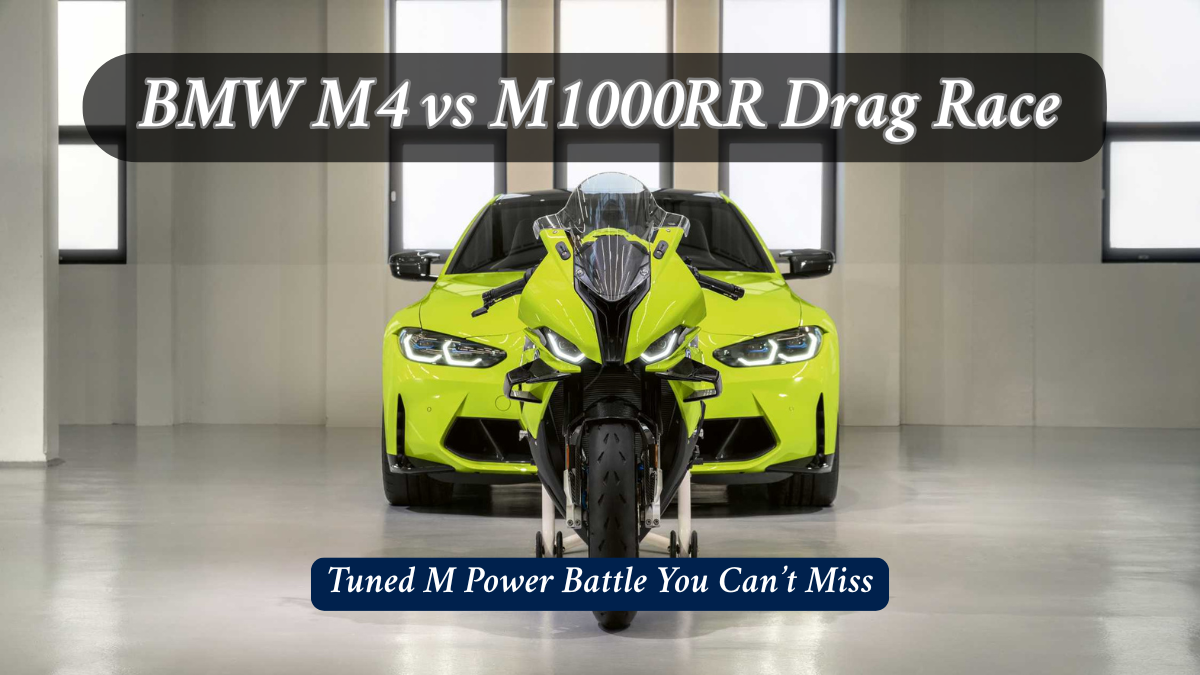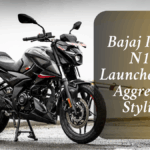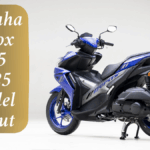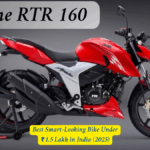In a dramatic face-off between two extremes of BMW’s high-performance engineering, the BMW M4 Competition—heavily tuned to 1,000 horsepower—goes head-to-head with the BMW M1000RR, the most potent superbike in BMW Motorrad’s lineup. This isn’t just a race—it’s a visceral demonstration of what’s possible when ultimate car tuning meets factory superbike engineering.

Staged by the popular Carwow YouTube channel, this drag race captures the hearts of enthusiasts who’ve long debated whether four wheels or two reign supreme in straight-line performance.
Table of Contents
Quick Summary: BMW M4 vs M1000RR
| Feature | BMW M4 (Tuned) | BMW M1000RR |
|---|---|---|
| Power Output | 1,000 hp (tuned) | 212 hp (stock) |
| Engine | Inline-6, twin hybrid turbos | Inline-4, high-revving superbike engine |
| Weight | Approx. 1,725 kg | Approx. 192 kg (wet) |
| Power-to-Weight Ratio | ~0.58 hp/kg | ~1.10 hp/kg |
| Surface Type | Unprepped tarmac | Unprepped tarmac |
| Drag Race Format | Quarter-mile and roll races | Quarter-mile and roll races |
| Result | Unexpected and thrilling | See below for details |
| Official Source | BMW Motorrad / BMW M |
The Beast: 1,000 HP BMW M4 Competition
The M4 in this race is no longer your average performance coupe. It’s been transformed into a street-legal powerhouse capable of rivaling hypercars. Starting with the standard 3.0L twin-turbocharged inline-six engine that produces 540 hp, the car now boasts:
- Forged internals for high durability under extreme loads
- Twin hybrid turbos that significantly boost boost pressure
- High-flow intake and intercooler systems
- Upgraded fuel and exhaust systems
This extensive tuning results in a staggering 1,000 horsepower, dramatically altering its acceleration characteristics. The chassis, drivetrain, and suspension have also been tweaked to handle the newfound power.
Power-to-Weight Trade-Off
The downside? All this power comes with weight. The tuned M4 weighs approximately 1,725 kg, making its power-to-weight ratio around 0.58 hp/kg. Compared to the M1000RR, that’s significant—but the M4 makes up for it with traction and launch control systems.
The Challenger: BMW M1000RR Superbike
Straight from the factory, the BMW M1000RR is built for the track. With its 212 hp output and a weight of just 192 kg (wet), its power-to-weight ratio exceeds 1.10 hp/kg. Here’s what makes the M1000RR so special:
- Inline-4 engine tuned for high RPM operation
- Carbon fiber wheels and aerodynamic bodywork
- Race-spec electronics for optimized launch, traction, and wheelie control
- 0–100 km/h in under 3 seconds
While it lacks the brute force of the M4, the M1000RR delivers immediate power and agility, which are critical in a drag race.
The Race Setup: No Frills, Just Real-World Tarmac
Unlike perfectly prepared drag strips, this showdown occurs on unprepped asphalt, mimicking real-world driving conditions. There’s no sticky surface or VHT compound to assist with traction—both machines rely purely on mechanical grip, driver skill, and launch optimization.
Carwow’s race formats include:
- Standing quarter-mile drag race
- Rolling start race from 50 km/h
- Braking test from 100 km/h to a full stop
These varied formats allow each machine to leverage its specific strengths.
Race Results: Surprises All Around
Standing Quarter Mile
In the launch phase, the M1000RR rockets ahead thanks to its weight advantage and explosive power delivery. However, as speeds increase, the M4’s sheer horsepower starts to close the gap.
In multiple runs:
- The bike consistently wins the launch.
- The M4 claws back ground in the final third, sometimes managing to overtake just before the finish line.
Rolling Start Race
This format plays more to the M4’s strengths:
- With no traction disadvantage at launch, the M4’s full 1,000 hp is unleashed effectively.
- It pulls ahead from 50 km/h onward and keeps gaining.
Braking Test
As expected, the lightweight M1000RR dominates the braking test, coming to a stop in a significantly shorter distance than the heavier M4.
Analysis: Power vs Weight vs Control
The race serves as a fascinating comparison of power vs weight vs control:
- The bike’s advantage lies in acceleration and agility.
- The car’s strength is in high-speed traction, brute force, and aerodynamic stability.
- The surface condition adds unpredictability, highlighting the skill of the rider/driver.
Both machines are built for different purposes—yet seeing them face off on equal terms showcases how modern engineering pushes the limits on both two and four wheels.
Final Thoughts: What This Race Really Proves
The BMW M4 vs M1000RR drag race is more than entertainment—it’s a real-world demonstration of two extremes:
- The tunability of high-performance cars like the M4
- The incredible factory engineering of modern superbikes
No longer can one assume a car is slower than a bike, or vice versa. With advancements in electronics, tuning, and materials, the lines have blurred. Today, a well-tuned performance car can challenge even the fastest production superbikes—at least under the right conditions.
Frequently Asked Questions (FAQs)
Q1: How much horsepower does the tuned BMW M4 have?
A1: The modified BMW M4 in the race makes around 1,000 horsepower.
Q2: Is the BMW M1000RR stock in the race?
A2: Yes, the M1000RR in this race is a factory stock model with 212 horsepower.
Q3: Who won the drag race overall?
A3: The M1000RR dominated the launch and braking, but the M4 caught up during rolling races and some standing runs due to its immense power.
Q4: What is the significance of an unprepped surface?
A4: It simulates real-world street conditions, making launches more difficult and highlighting true traction and control.
Q5: Can a car really beat a superbike in a drag race?
A5: Yes—if the car is tuned enough and has superior grip and power, it can beat even high-performance superbikes under certain conditions.
For more information about these models, visit the official BMW websites:
BMW M – Official Site
BMW Motorrad – Official Site
Click Here To Know More




